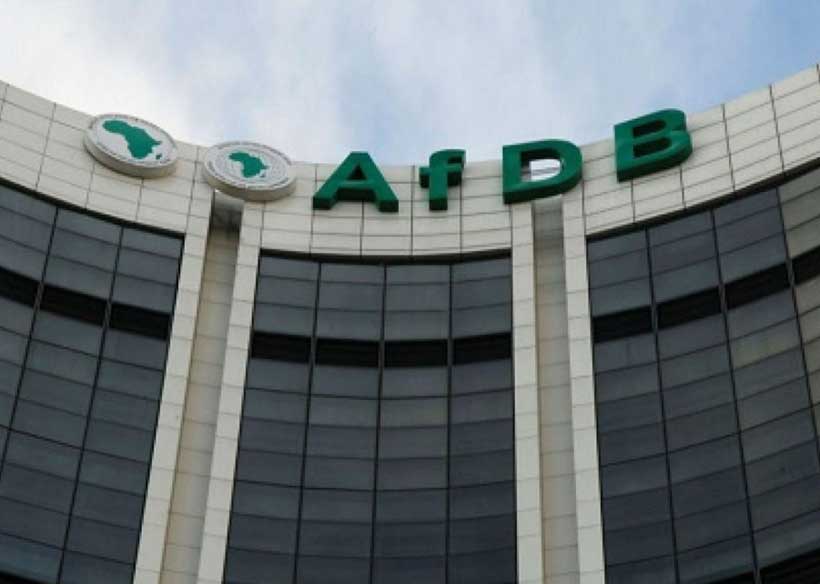‘Forex access glitches will drive dollarisation’
LIMITED access to foreign currency needed for key imports will fast-track the domestic economy’s transition into full dollarisation, captains of industry and economic analysts say, as forex seekers continue to outstrip sellers on the interbank market.
This comes as authorities are working to restore increased use of the local currency in domestic transactions.
Already, at least 80 percent of transactions in Zimbabwe are being conducted in foreign currency, mainly US dollars, while the local currency constitutes the balance.
Local importers still struggle to obtain forex on the interbank market despite Zimbabwe’s banking sector sitting on roughly US$3 billion in deposits (forex denominated).
In 2023, Zimbabwe earned US$11 billion in foreign currency, better than several countries in the region outside of South Africa, but its equitable and efficient distribution among deserving economic agents remains a big challenge.
Zimbabwe’s economy has been rapidly dollarising in the face of high inflation over the past few years, driven by exchange rate volatility, prompting economic agents to hedge in US dollars for value preservation.
Annual inflation in Zimbabwe rose to a seven-month peak of 55,3 percent in March 2024, just before the country switched currencies, from 47,6 percent in February 2024, according to data released by the National Statistics Agency (ZimStat).
In an economy with a huge appetite for forex needed for imports, amid structural fragilities from the past two decades, which continue to constrain industrial and agricultural production, access to hard currency has inevitably become critical for nearly every business in Zimbabwe.
New Reserve Bank of Zimbabwe (RBZ) Governor Dr John Mushayavanhu introduced the new currency, Zimbabwe Gold (ZiG) when he presented his inaugural monetary policy statement (MPS) on April 5, 2024.
The new currency replaced the inflation-weary Zimbabwe dollar, just about half a decade after its reintroduction in February 2019 following a 10-year hiatus occasioned by hyperinflation.
This dovetails into the Government’s plans to return to a domestic monocurrency system, at least by 2030, which President Mnangagwa’s administration believes is critical for competitiveness.
The US dollar is considered an overly strong currency, and this makes it unsuitable as the country’s main or sole unit of exchange.
Zimbabwe’s multicurrency regime, comprising predominantly the US dollar circulating alongside the ZiG, is scheduled to run through 2030, when the Southern African country is expected to switch to a full monocurrency.
Fielding questions during a Zimbabwe National Chamber of Commerce breakfast meeting in Mutare last month, Dr Mushayavanhu reiterated his declaration when he delivered his first MPS saying the monetary authorities had a clear de-dollarisation roadmap.
“The central bank has come up with a roadmap towards de-dollarisation, and as we go towards 2030, we want to do it gradually so that maybe by the end of the year, we are at 70/30, in 2025 we are at 60/40, then in 2026 we are at 50/50 and after that, we will not even care to monitor it because it will happen on its own,” he said.
The central bank governor also promised that the central bank would regularly intervene in the market to buy or sell currency to support exchange rate stability.
While the domestic unit, which the RBZ says is backed by nearly US$300 million worth of precious metals (chiefly gold) and forex reserves, has remained largely stable since its introduction in April, issues around its convertibility for key imports appear to be working against its long-term sustainability.
The central bank’s ambitious plans face serious potential hurdles from economic agents’ preference for the more stable US dollar as well as the structural rigidities of demand and supply, apparently working against the currency’s universal acceptance.
Notably, some major manufacturers and suppliers now demand payment exclusively in foreign currency, citing the limited convertibility of the ZiG, which presents challenges for importers.
Confederation of Zimbabwe Industries (CZI) president Kurai Matsheza confirmed in an interview with this publication that access to forex on the interbank market remained a challenge.
As a result, he said the country’s most powerful industrial lobby group had engaged authorities to discuss ways to improve access to foreign currency on the interbank in the hope this would drive universal ZiG acceptance and enhance functionality as a medium of exchange.
The conundrum though is that while importers in need of forex cannot get it on the formal market and prefer to be paid in forex, anyone caught insisting on payment exclusively in US dollars faces the risk of hefty penalties from the Financial Intelligence Unit (FIU), an autonomous arm of the central bank responsible for the regulation and supervision of financial services business conducted in and from Zimbabwe.
“Some of our members are getting (the forex) but others are struggling to meet their full import requirements. It is a matter that we are still discussing with the authorities (in terms of) how we can smoothen that,” Matsheza said.
The extent to which companies are affected, however, depends largely on the import component of one’s production inputs.
“If your inputs are imported, you get the local currency and then you go to the interbank and you have to wait a little bit, (but) it creates bottlenecks. Those are the issues we are saying, we are engaging the authorities on,” he said.
According to the 2023 Manufacturing Sector Survey released by the Confederation of Zimbabwe Industries (CZI) last week, local firms import an average 52 percent of their raw materials.
Asked to comment on whether companies could rely solely on inflows from domestic sales, Matsheza said while this would help the respective businesses cover their import needs, it went against the spirit of the Government’s policy thrust to increase the use of local currency in most transactions.
“It is a catch 22 (situation), but as I said, we are engaging the authorities to make sure that as people go to the interbank market they can get the forex they need,” he said.
Asked to comment on the overall performance of the interbank market in meeting importers’ foreign currency needs, Dr Mushayavanhu yesterday said local banks were playing their part although the market still demanded more, even when the players had enough to cover their needs.
“The interbank market has been meeting the forex requirements complemented by 50 percent (export) surrender requirements, which the Reserve Bank is availing to the market. The problem is that in many instances, market players want to access the interbank market even if their FCAs (Foreign Currency Accounts) have enough funds to meet their invoices,” he said.
Economic analyst and Small Enterprises Association of Zimbabwe (SMEAZ) president Farai Mutambanengwe said the convertibility challenge around ZiG was the currency’s biggest Achilles heel.
“The moment you do not have convertibility, obviously that automatically creates challenges for that currency. But in addition to not having convertibility, finding that ZiG also does not have functionality inside the economy itself.
“So, you find that for suppliers it may not just be an issue of failing to get foreign currency, they may also then fail to even buy local supplies using the ZiG. So, ultimately it just means that people will avoid the use of ZiG and prefer the use of US dollars because that is a functional currency,” he said.
Mutambanengwe said the authorities would, without addressing issues limiting the convertibility and functionality of the ZiG, not achieve their de-dollarisation targets.
His sentiments were corroborated by Confederation of Zimbabwe Retailers president Denford Mutashu who said the limited access to adequate forex on the interbank market could likely result in a market failure.
“I think it’s slowly but surely leading to a market failure. There is a glitch and that glitch is quite impactful on the continued wide acceptability of the ZiG. If traders continue to receive ZiG and there is no space (for access to forex) on the other end of the value chain, this may continue to pose challenges.
“So, what we have seen is renewed or a resurgence of appetite for continued dollarisation. Whoever has got products may choose to use any means to sell in US dollars, especially the manufacturer’s and supplier’s side.
“They are not quite willing to release goods for ZiG. I think that the promise that was made by the Governor on April 5, is not living up to expectations,” said, adding if this had been fulfilled, it would anchor stability and wide acceptability of the new currency.
-ebusinessweekly










